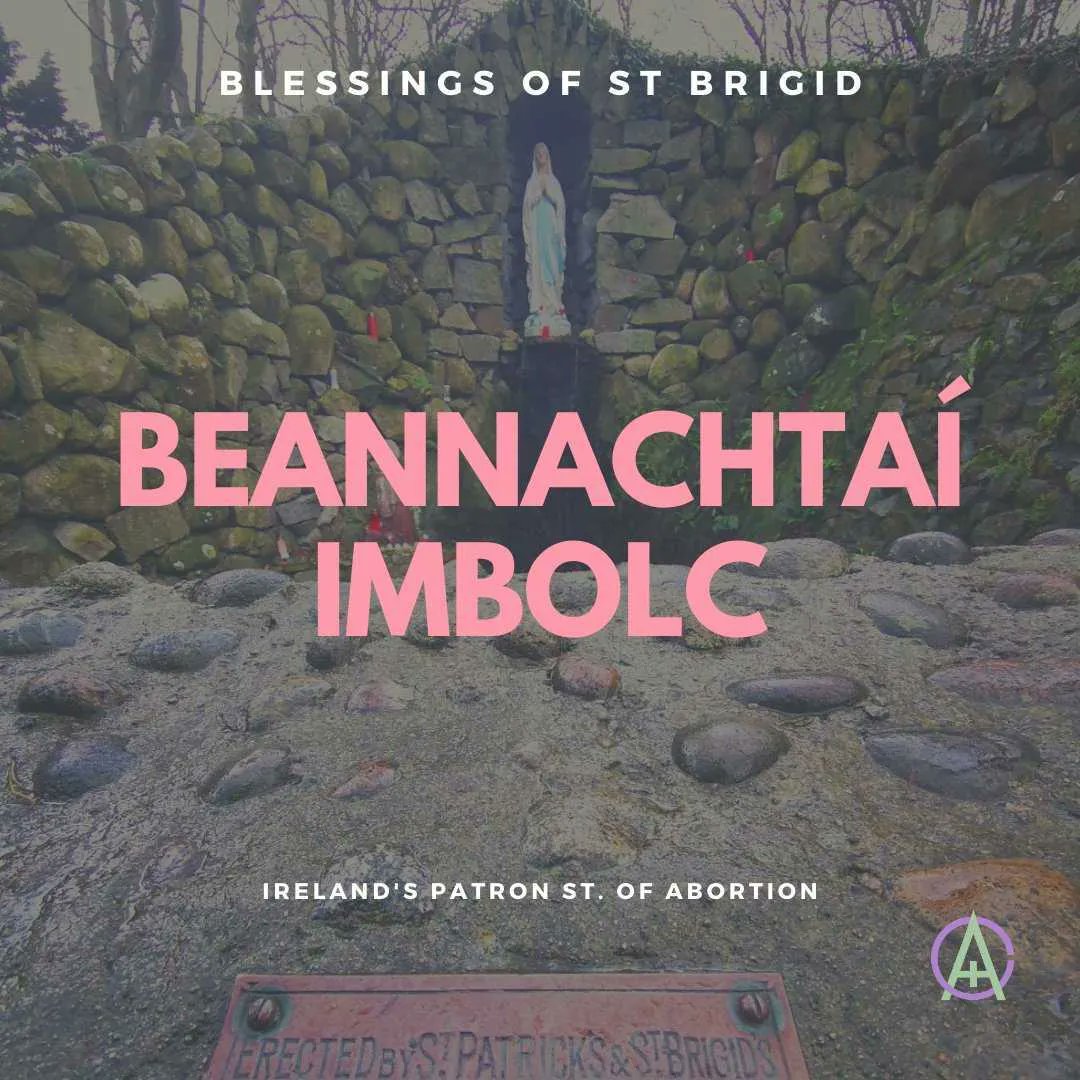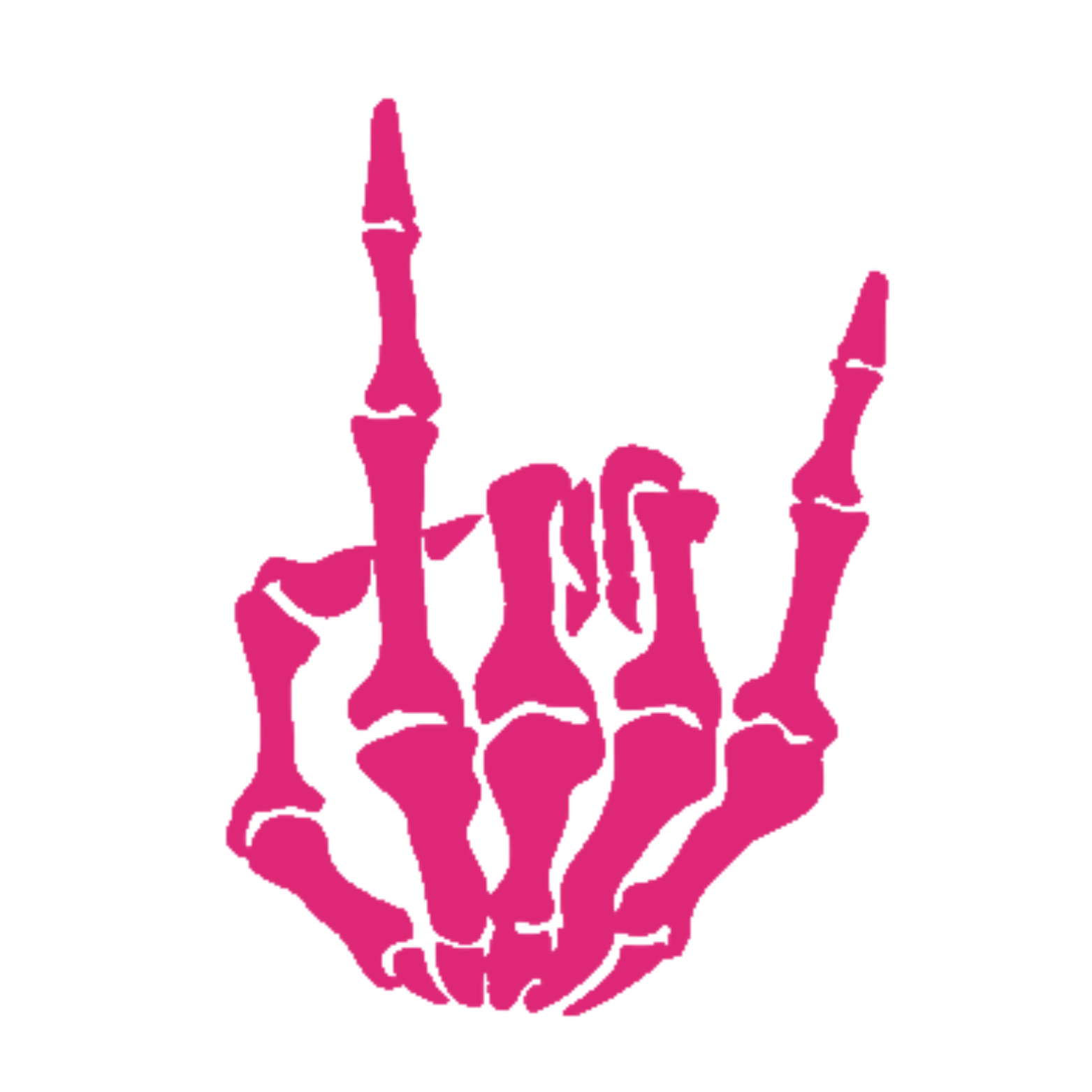St. Brigid, Abortionist
A certain woman who had taken the vow of chastity fell, through the youthful desire of pleasure, and her womb swelled with child. Brigid, exercising the most potent strength of her ineffable faith, blessed her, causing the child to disappear, without coming to birth, and without pain. She faithfully returned the woman to health and to penance.
—from Cogitosus’ Life of Saint Brigit as translated by S. Connolly and J.-M. Picard
Today is Lá Fhéile Bríde, the Feast of St. Brigid of Ireland. Among her many associations, Brigid is revered as a healer and a patron of healers. She is also known for founding an abbey at Kildare. In this anecdote from her vita, we see her acting in both roles. As a religious adviser, she is bringing one of her charges back into right relationship with God. As a doctor, she is tending to this young woman’s body to wholeness. This framing might be a little too neat, though. Can we really separate the spiritual from the physical?
This is a complicated story, to be sure. Some will see the requirement to stay sexually pure as patriarchy imposing itself on a woman’s body. At the same time, taking the veil afforded women a unique kind of sovereignty. Indeed, Brigid’s own determination to stay unmarried—to not give herself to a man—is an essential part of her biography. In a time without reliable contraception, abstinence was the only way for a woman to avoid pregnancy. In this context, what sexual purity means theologically might be a bit different for a theologian than it is for a woman who wants to maintain body autonomy. By giving up sex with a man, she’s not just offering her body to patriarchy; she’s also protecting her body from patriarchy.
But nuns are human, and maintaining perfect chastity is hard. When one of the women in her care became pregnant by giving into the “youthful desire of pleasure,” Brigid saw a woman who would lose the life she had chosen for herself if she was forced to give birth, and Brigid gave this woman’s body back to her. And by offering her a penance, Brigid was giving this woman a way to rejoin her community after violating one of its rules.
This is how I read the story, anyway. There are other ways to read it, and at least one scholar has suggested that to see Brigid’s intervention as an abortion is to get the story precisely backwards: “What was truly miraculous about the motif was that the pregnant nun has her fornication erased, enters into reconciliation and avoids the bloody, premature parturition of abortion.”1 And this makes sense to me. At the same time, another author places this incident in the context of “an array of miracles [attributed to Brigid] for every stage of the pregnancy process, from facilitating conception to soothing sore nipples to ensuring the safety of a disabled child.”2 This brings me back to the idea that Brigid cared for women as women, whatever their reproductive desires or relationship to motherhood might be. Like other myths and folktales, saints’ vitae leave a lot of room for interpretation. This is one of the reasons why these stories endure.
The idea that St. Brigid is an icon of reproductive justice isn’t mine and it isn’t new. Pro-choice advocates in Ireland have already taken Brigid as their patron saint, and a New York-based not-for-profit called The Brigid Alliance helps pregnant people get the resources they need to access abortion.

There are many lovely ways to mark St. Brigid’s Day, which is also known as Imbolc. To my mind, honoring Brigid’s spirit means engaging in community care. This saint was, after all, the foster mother of the village she built, and her miracles often involve providing material support to those in dire need. There are a lot of excellent organizations all over the country devoted to protecting access to abortion and making it possible for people to get the care that they need.
If this is an issue that matters to you, I recommend getting involved with whatever might already be going on in your community. If you need help finding a way to donate or volunteer, there are national orgs that can help with that. I’ve been working with Reproductive Freedom for All (formerly NARAL Pro-Choice America) for awhile now. National Network of Abortion Funds is a collective devoted to removing financial barriers to abortion.
This is a free post. Please share!
[Postmodern Witch subscribers may not that I’m sharing this post twice. I only do this when I think that the post is relevant to both communities.]
Zubin Mistry, ‘The Sexual Shame of the Chaste: “Abortion Miracles” in Early Medieval Saints’ Lives’. Gender & History, Vol.25 No.3 November 2013, pp. 607–620. ↩
Maeve B. Callan, “Of Vanishing Fetuses and Maidens Made-Again: Abortion, Restored Virginity, and Similar Scenarios in Medieval Irish Hagiography and Penitentials.” Journal of the History of Sexuality, Vol. 21 No. 2 May 2012, pp. 282-296. ↩


Comments ()